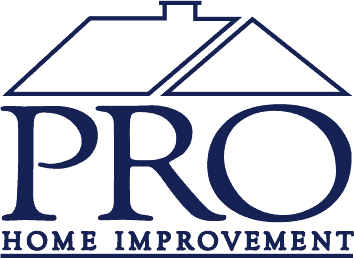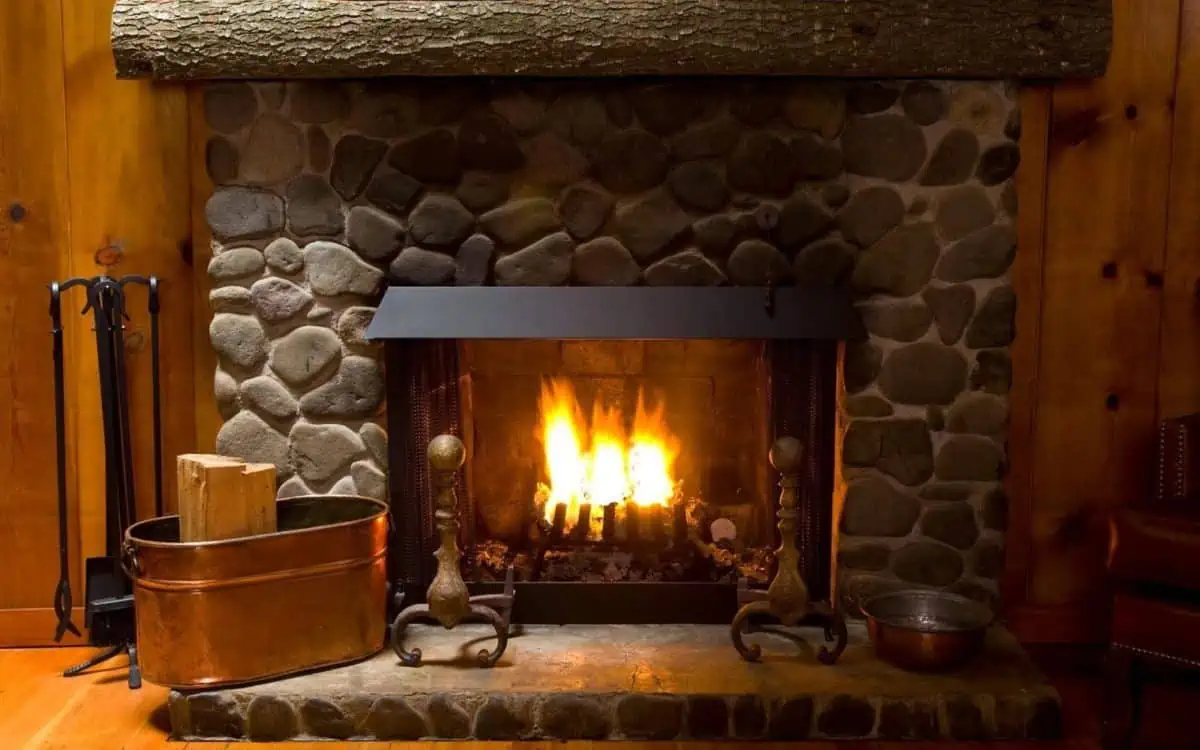Colder weather drives most of us indoors for months, cuddling up under blankets and if you’re lucky, around a fire in the fireplace. Fireplaces are a source of enjoyment and inexpensive heat in Michigan, but they can lead to many issues that, if not properly cared for, can destroy your home and endanger your family.
Chimneys and fireplaces require on-going care to make sure they are ready to contain and properly ventilate a fire in your house. Avoiding or missing this maintenance could lead to huge disaster. In 2013, there were over 23,000 chimney fires that resulted in damage to the structure in the United States.
Chimneys are low maintenance, right?
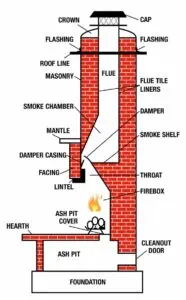
Wrong. Depending on how often you use your chimney, you should consider an annual inspection and cleaning from a certified chimney sweep (yes, they exist). These professionals look at the structural integrity of the brick, mortar, chimney cap, flue and other aspects of your fireplace. They are looking for cracks, holes, signs of damage, signs of pests and also they are looking for creosote.
What is creosote?
Creosote is the the remains of burning a carbon-dense material, wood in this case. It builds up and can lead to health issues in the home and can even ignite under certain cases.
What causes creosote to build up?
One of the biggest contributors is the burning of unseasoned wood. Unseasoned wood or “green wood” is wood that is not properly dried before burning. It still contains much of the moisture content from being a live tree. This moisture causes the fire to burn cooler than it should. As the flue gas, or exhaust from the fire goes up the chimney, the moisture condenses on the surface of the flue, leading to creosote buildup.
What else can go wrong?
Animals are probably the second biggest issue with chimneys. Seeing an opening to your home, they will gladly setup camp in your chimney and even build a nest. Nests are blockages and they also are flammable, both are bad scenarios for an upcoming fire.
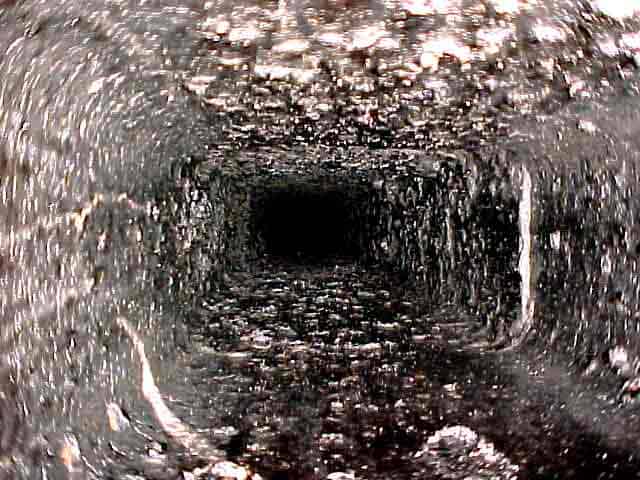
Can animals be stopped?
Yes, by purchasing and installing a chimney cap with no gaps, you can keep animals out of your chimney. It’s a good idea to shine a flashlight up and down the chimney before every fire just to make sure nothing has crawled in there since the last time you looked.
Where my chimney meets my roof does not look great.
You are referring to the flashing around the chimney. This is a common location for roof leaks. Flashing and roof shingles, when not installed correctly around an opening like a chimney, can lead to premature roof failure. Another cause for this is just the repeated sun, rain snow, cycle leading to corrosion and granule loss. This is a problem area for many homes and it’s definitely one to keep an eye on and repair if necessary.
If animals can get into my chimney, what about water?
Water seeping in and also leaking into the flue system is a common problem. Since brick and mortar act like a sponge, they can absorb water right into the chimney area. To prevent rain from draining directly into the chimney, a properly installed chimney cap is the best remedy.
Your house can also settle, causing cracks in the brick and separations to form in the flue. These cracks can allow dangerous gases to enter your home and can also lead to fires.
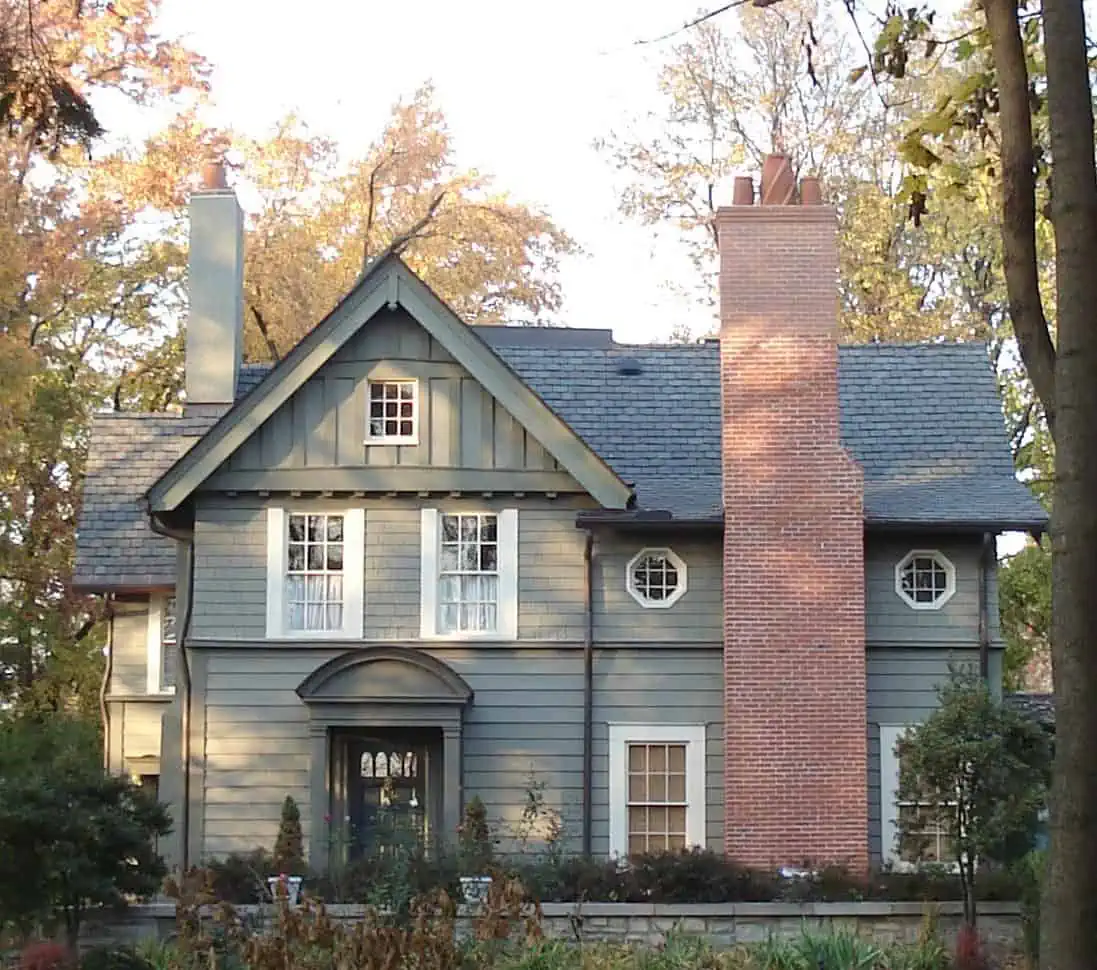
What should I do to protect myself and my family?
The best tips are to:
- Hire a certified chimney sweep to inspect your chimney. This is the most important step. They can guide you on any corrective issues that you might need to address. They aren’t expensive and they can save you thousands and help provide peace of mind which is priceless.
- Always have a working carbon monoxide detector on every level of your home and test them per the instructions (also remember, those have an expiration date, they don’t last forever!).
- Only burn seasoned, split wood in your fireplace. No trash, plastic, magazines or anything else that could burn hot or leave a residue on your flue.
- Inspect your chimney cap and flashing for gaps, cracks or water infiltration. If you need roofing help or have questions, make sure you call the Pros at Pro Home Improvement (888) 776-1998.
- Stay vigilant, inspect and clean your chimney often and it will provide you with years of cozy evenings.
If you have other questions about home improvement including roofing, windows, gutters, insulation or siding, be sure to give the Pros a call at (888) 776-1998 or visit our estimates page to schedule an appointment.
